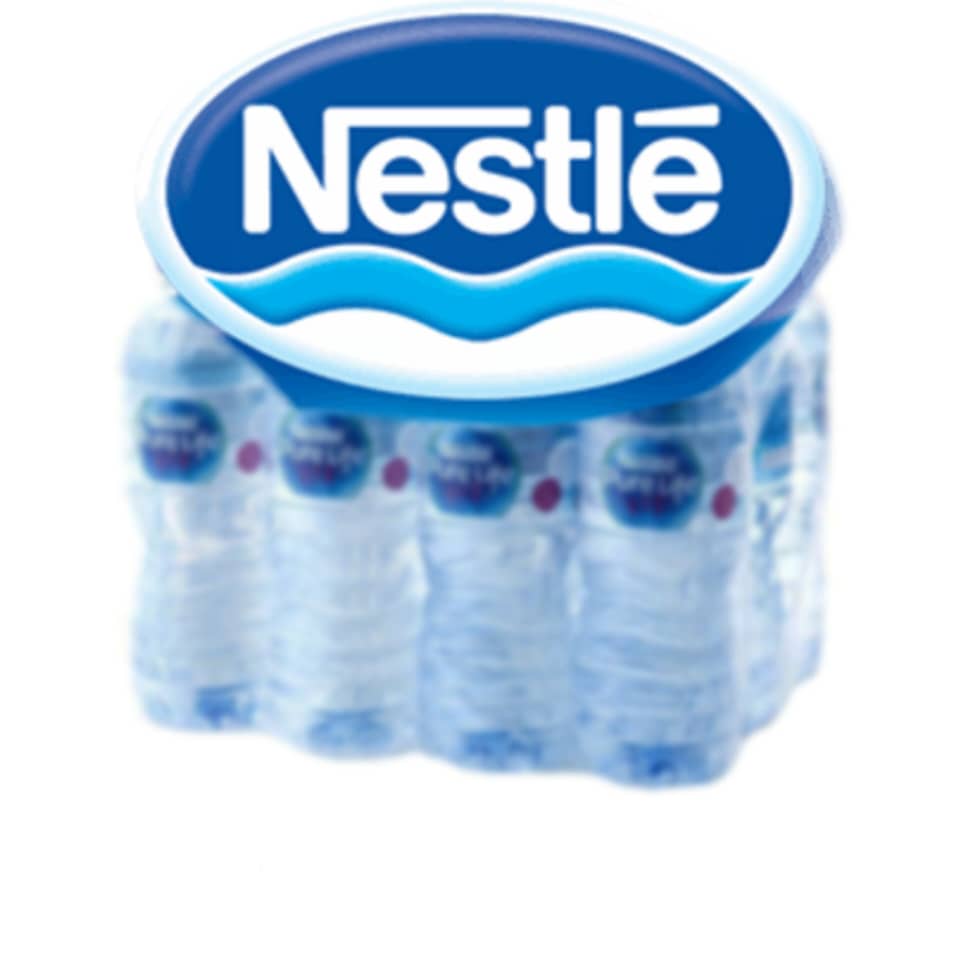- Seen : 1381 View
- established year : 1872
- Phone : 00493593370
- Fax : 0049359337476
- website : www.pd-refractories.com
- E-mail : info@pd-refractories.com
- Address : Wilsdruffer Straße 11,D-01723 Wilsdruff,germany
-
About us :
On August 1, 1872, the chemist Carlos Otto, the mine director Wilhelm Hiby (jun.) From Burgaltendorf, his father Wilhelm Hiby (senior), owner of the Unterste Pöting farm in Obersprockhövel, the Witten entrepreneur Louis Constanz Berger and the Duisburg smelting director Franz Cast a company under the name of Dr. C. Otto & Comp. in Dahlhausen (Ruhr) near Bochum. The purpose ...
More -
About us :
On August 1, 1872, the chemist Carlos Otto, the mine director Wilhelm Hiby (jun.) From Burgaltendorf, his father Wilhelm Hiby (senior), owner of the Unterste Pöting farm in Obersprockhövel, the Witten entrepreneur Louis Constanz Berger and the Duisburg smelting director Franz Cast a company under the name of Dr. C. Otto & Comp. in Dahlhausen (Ruhr) near Bochum. The purpose of the company was the "factory production and utilization of refractory products of all kinds, the manufacture and utilization of coke, as well as the extraction and utilization of all raw materials and intermediate products of these factories".
Close
The reason for the settlement in the flood-prone Dahlhausen, at that time a barely populated peasantry, was an occurrence of Ruhr sandstone, which was quarried here in a quarry. One of the advantages of the location in Dahlhausen was the Ruhr Valley Railway, which was under construction. The company developed into the world's leading company in coke oven construction, since it introduced the extraction of the carbon materials (tar, ammonia, benzene and gas) that arise from coking at the beginning of the 1880s. The first attempts at the Wattenscheider colliery Holland in 1881 were unsuccessful due to inefficiency. With an improved design, the first system went into operation in 1883 on the Thies shaft of the Pluto colliery in Wanne-Eickel. The mining companies themselves initially did not attach any importance to this line of business, which is why the company Dr. C. Otto & Comp. built these plants at their own expense and operated them for ten years or more on their own account with little involvement of the mines. The onset of the boom in coal chemistry led to strong expansion, even if the mines gradually took the coking plant subsidiary operations into their own hands in view of the profits, and Dr. C. Otto & Comp. "Only" took over the plant construction. Up until the German Reich's sea blockade in World War I, however, the company built more coke ovens without by-product extraction than with these. From 1872 to 1951, the company built more than 48,000 coke ovens worldwide. Otto & Comp. Involved in the late 1950s / early 1960s. Today the company mainly builds furnaces for aluminum smelters, for waste incineration plants and for plants in the petrochemical industry.










